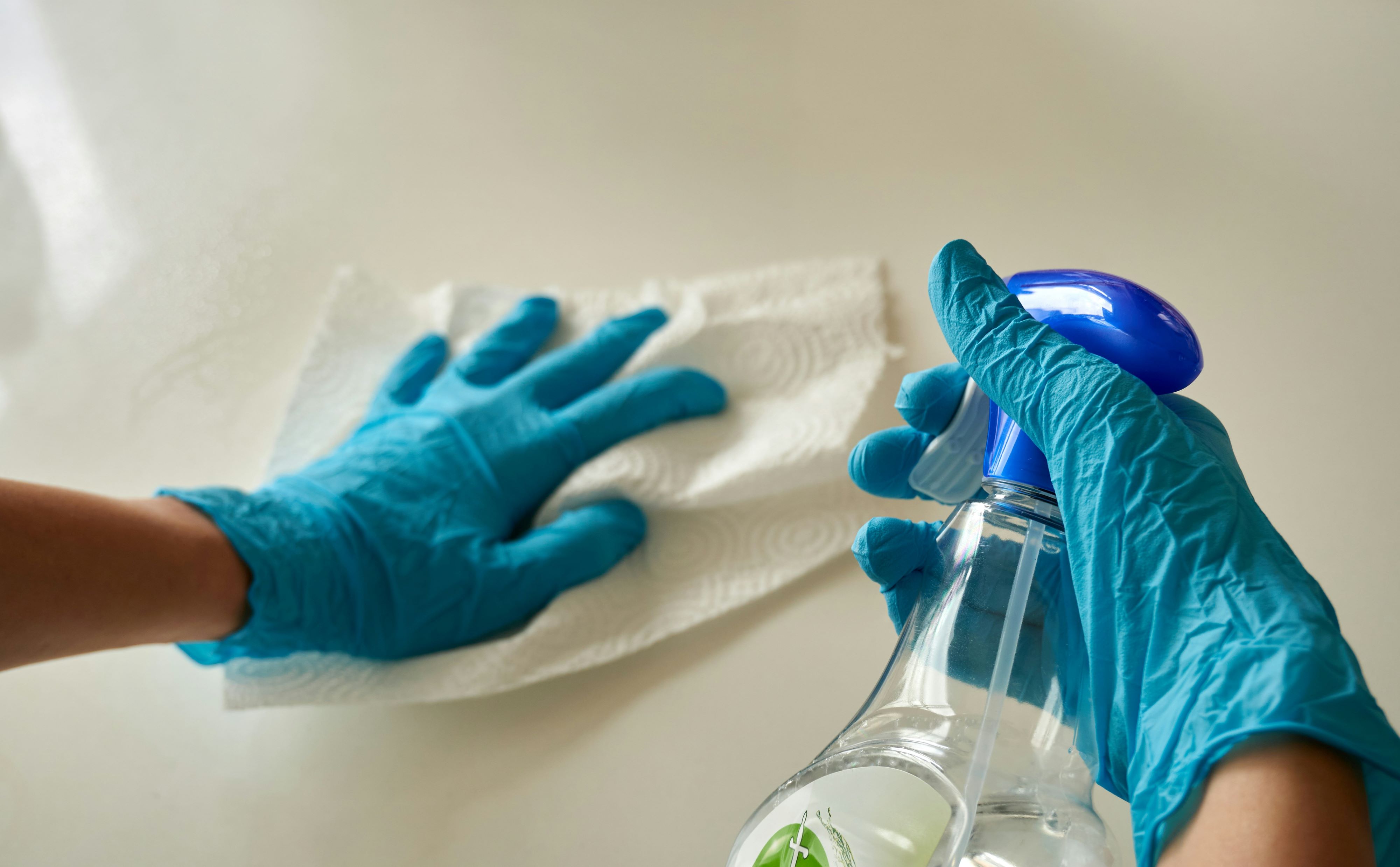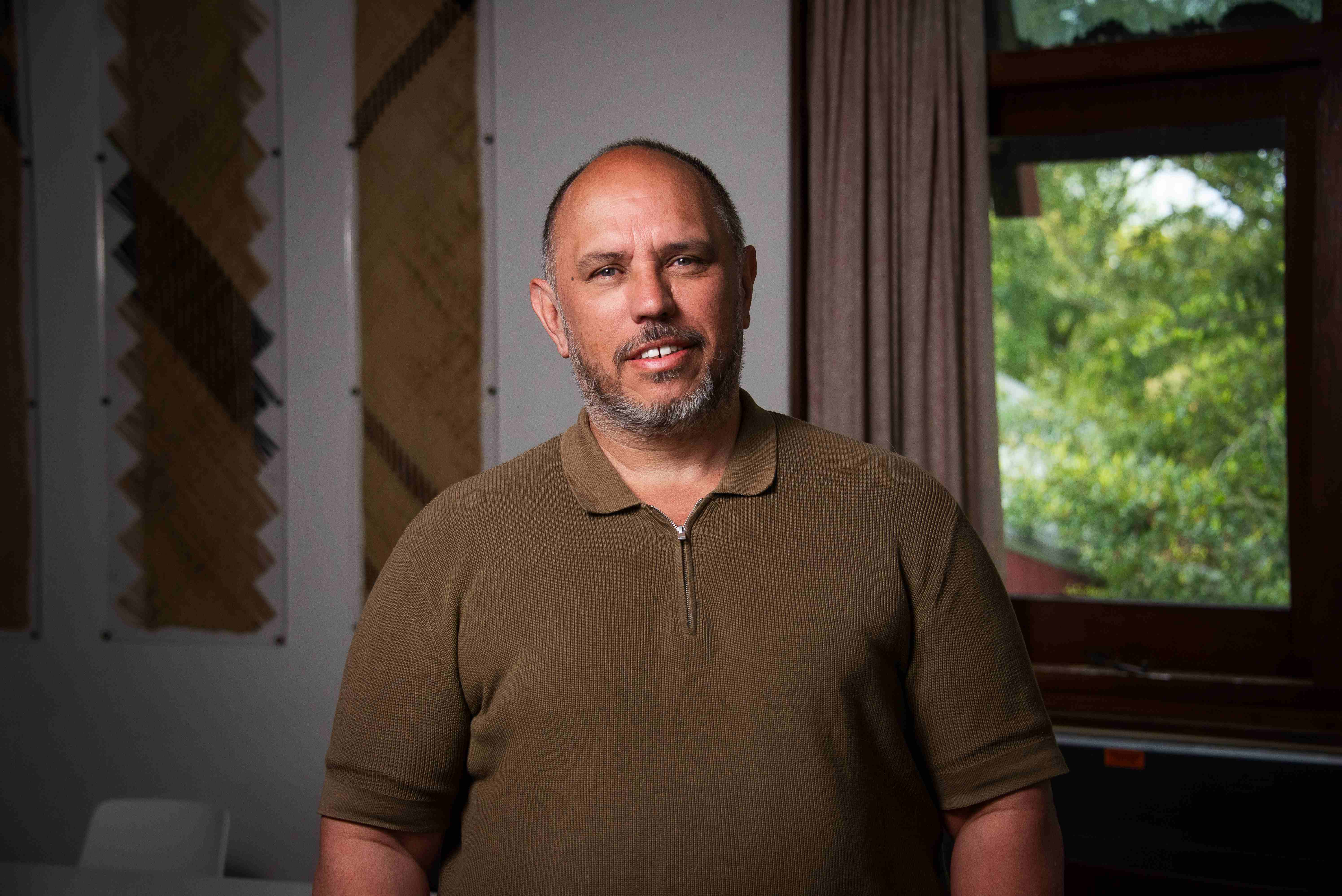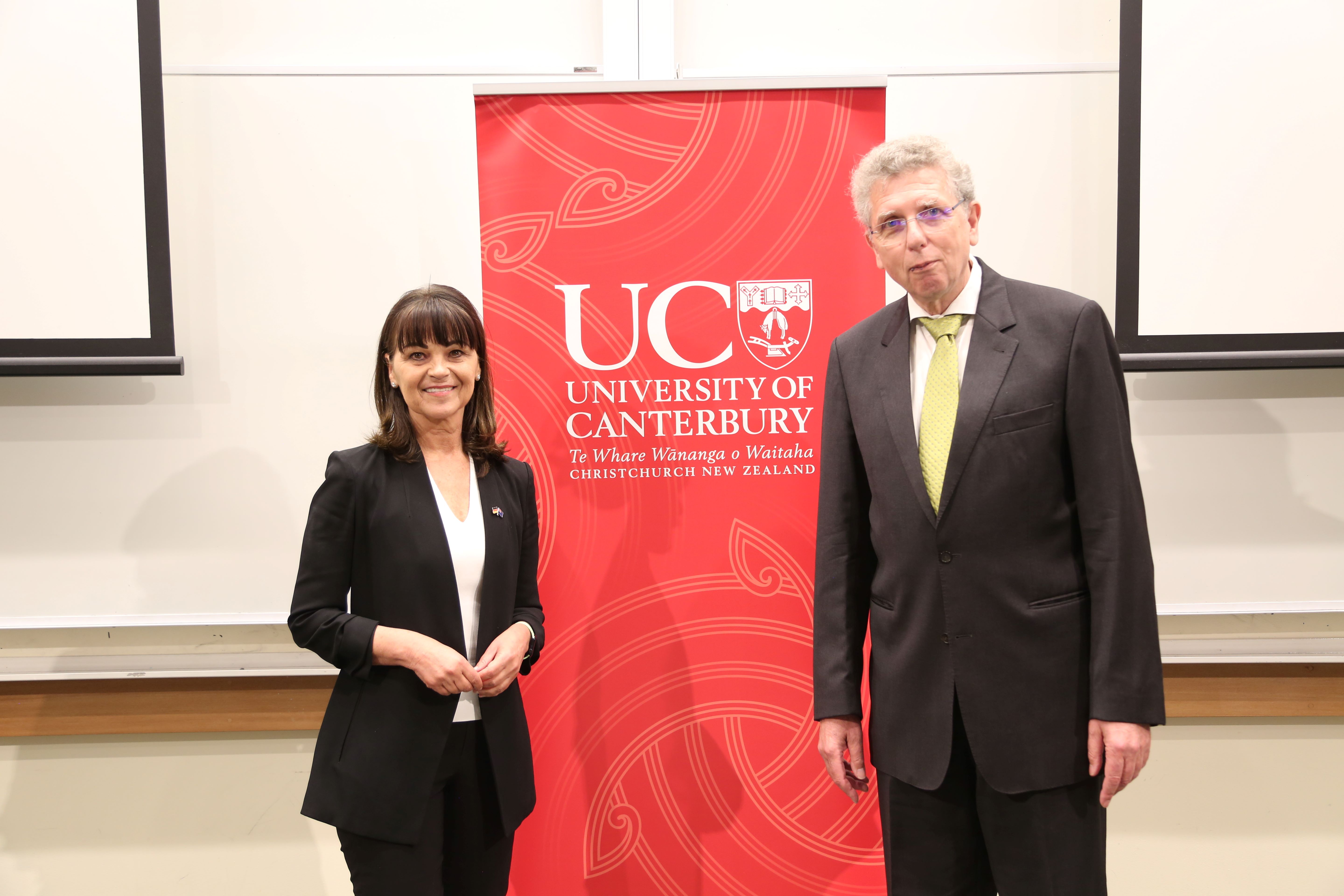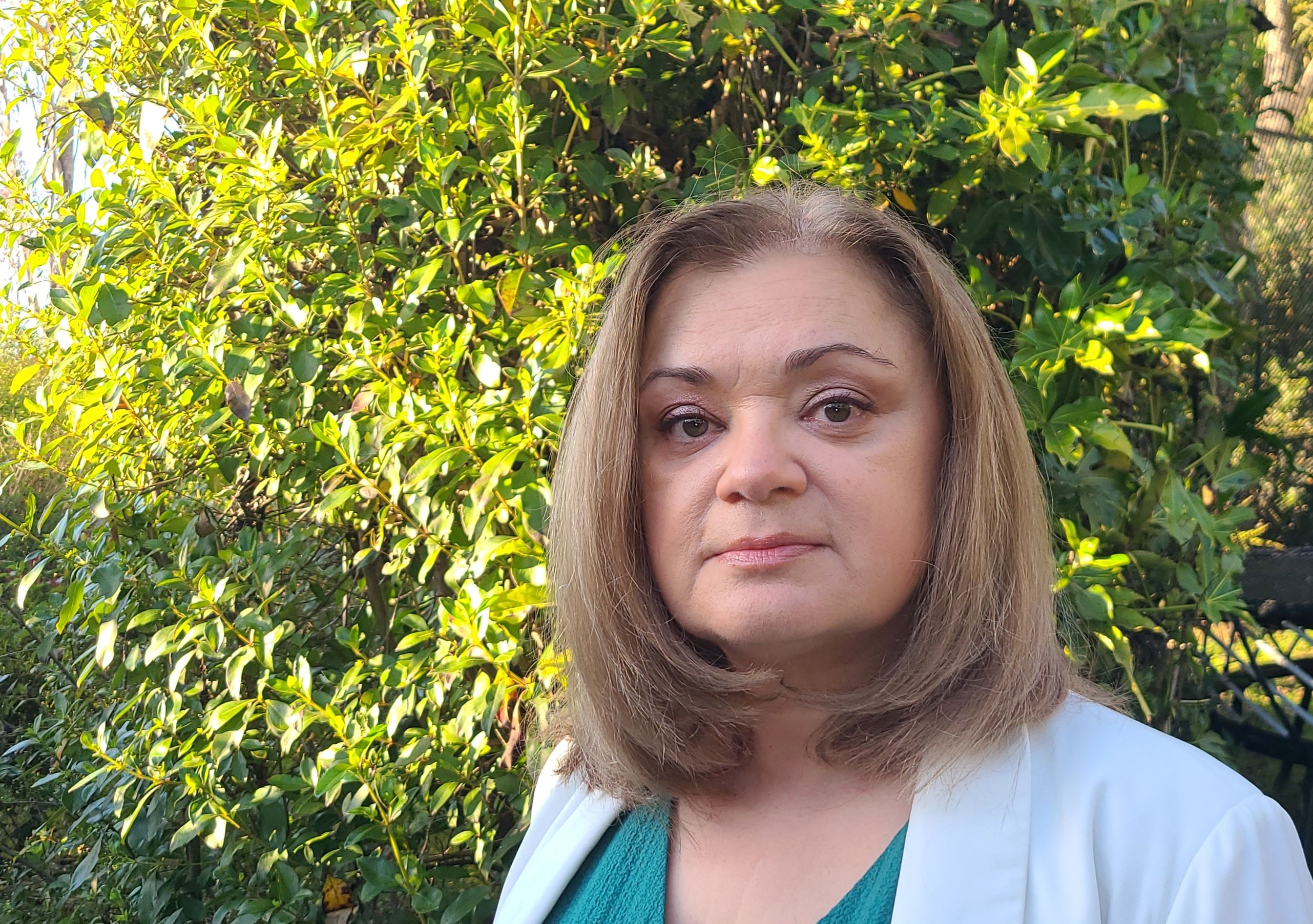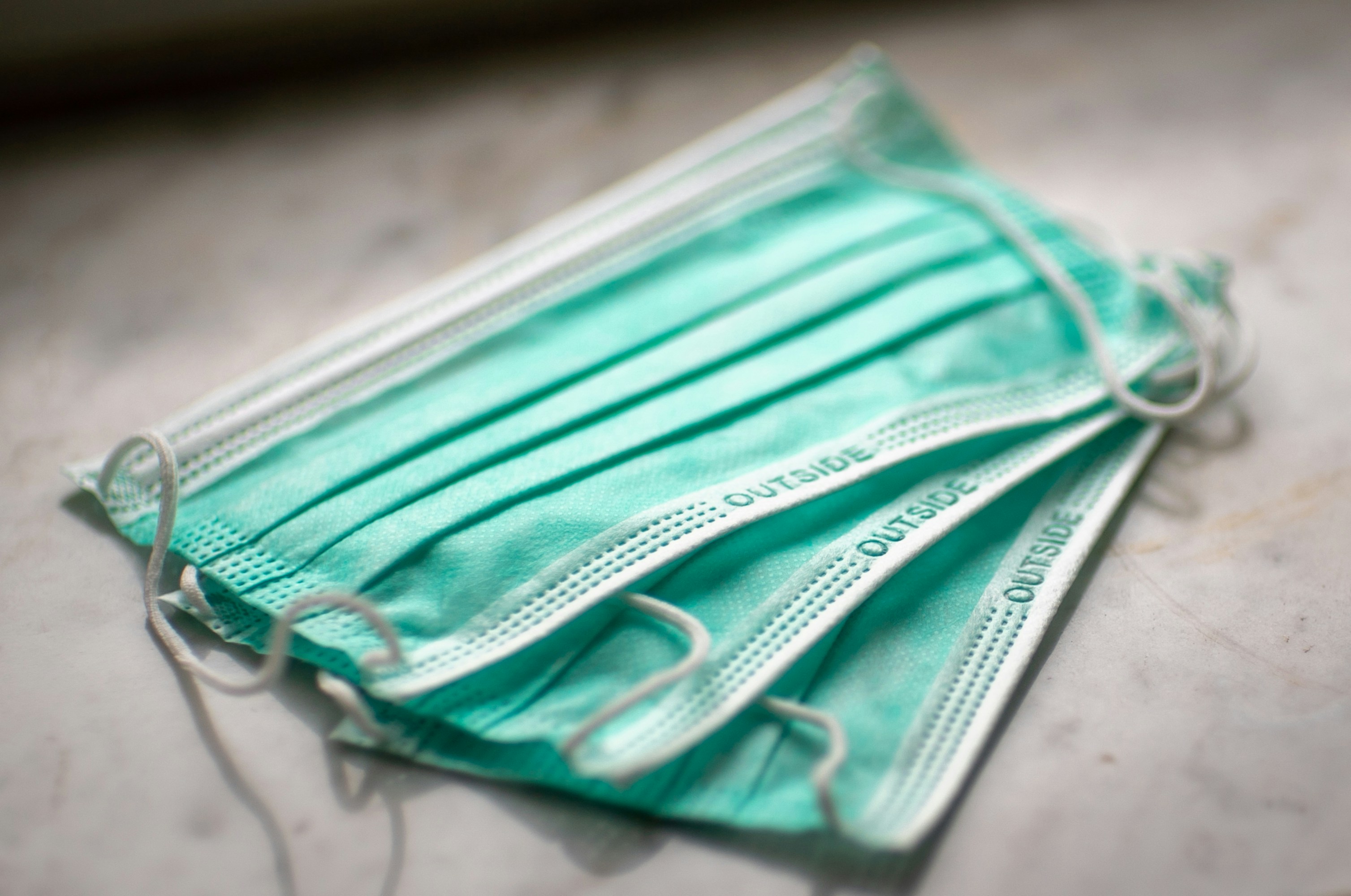“The basic mechanics are like a sonar system, which is used by bats and dolphins. We’ve developed acoustic technology that can identify and pinpoint the location of a blockage or leak.
“Typically, the only way to assess the quality of a section of pipe is to shut off the water supply and dig it up. But our approach is non-invasive. We use a fire hydrant as access, put in a sensor listening device and then just listen to soundwaves that are already in the system.
“We can identify leaks as a hissing noise and we can also detect signals that suggest corrosion of the pipes or blockages.”
The technology has been tested on the University of Canterbury campus as part of a 15-year plan to repair and renew the campus’ ageing water pipe system.
Dr Li and Professor Lee, also worked with Waimakariri District Council last year, carrying out assessments on water systems in the Oxford area helping the local authority identify corroded pipes.
Dr Li says these experiences have boosted confidence in the accuracy of the tools.
Ageing water pipelines is a major issue across New Zealand: “Most of our water pipes were installed 50-70 years ago and they are approaching their designed lifespan, but there is inadequate information on which pipe section’s rehabilitation should be prioritised. The technology could be used throughout New Zealand, and potentially internationally, to identify pipe issues, achieve proactive infrastructure management and help conserve water,” he says.
“About 20 per cent of our drinking water is leaking from damaged water pipelines. If we can save water by finding leaks and maintaining our water supply then we can alleviate a lot of issues.”




